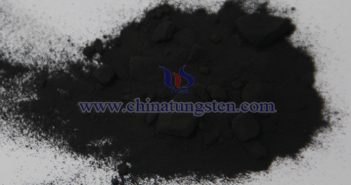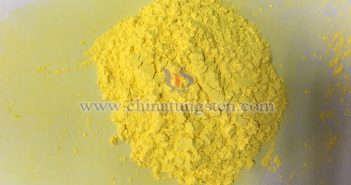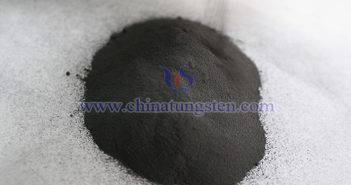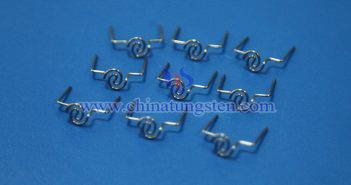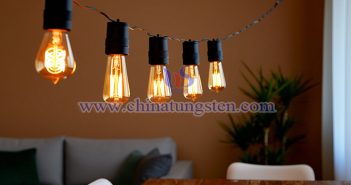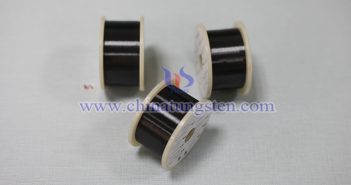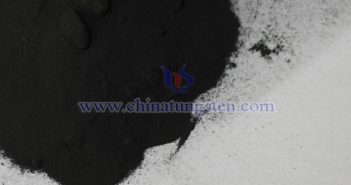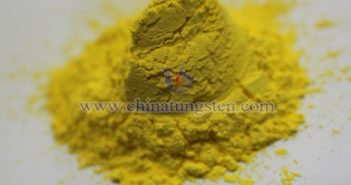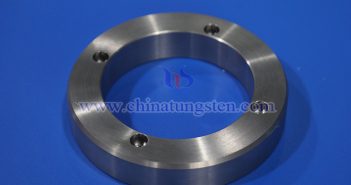
High-density tungsten alloy is mainly made of tungsten (usually between 85% and 99%) as the matrix, with nickel, iron, copper and other elements added through the powder-metallurgy process. It is characterized by high density, high strength and hardness, good electrical and thermal conductivity, a small thermal-expansion coefficient, excellent corrosion and oxidation resistance, good machinability and weldability, and outstanding radiation-absorption capacity. Due to its unique properties, high-density tungsten alloy has numerous applications. Aerospace In the aerospace field, high-density tungsten alloy is…

